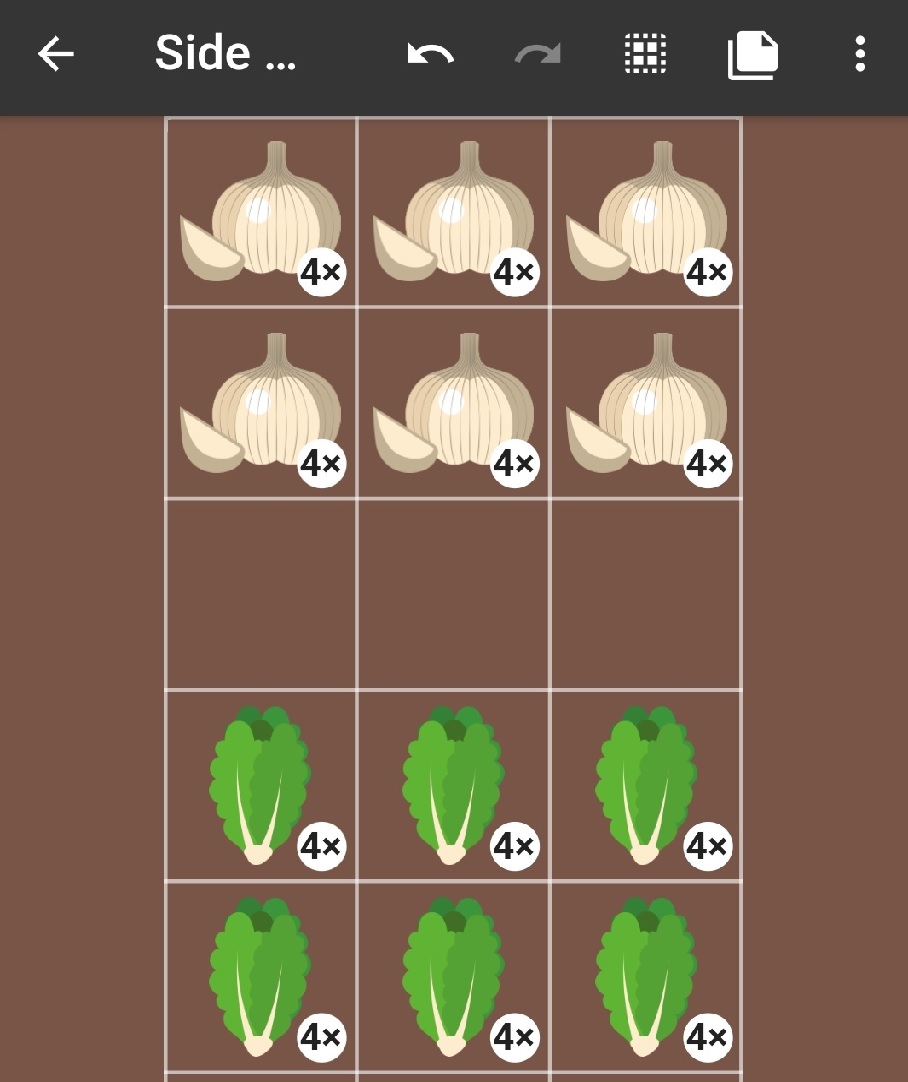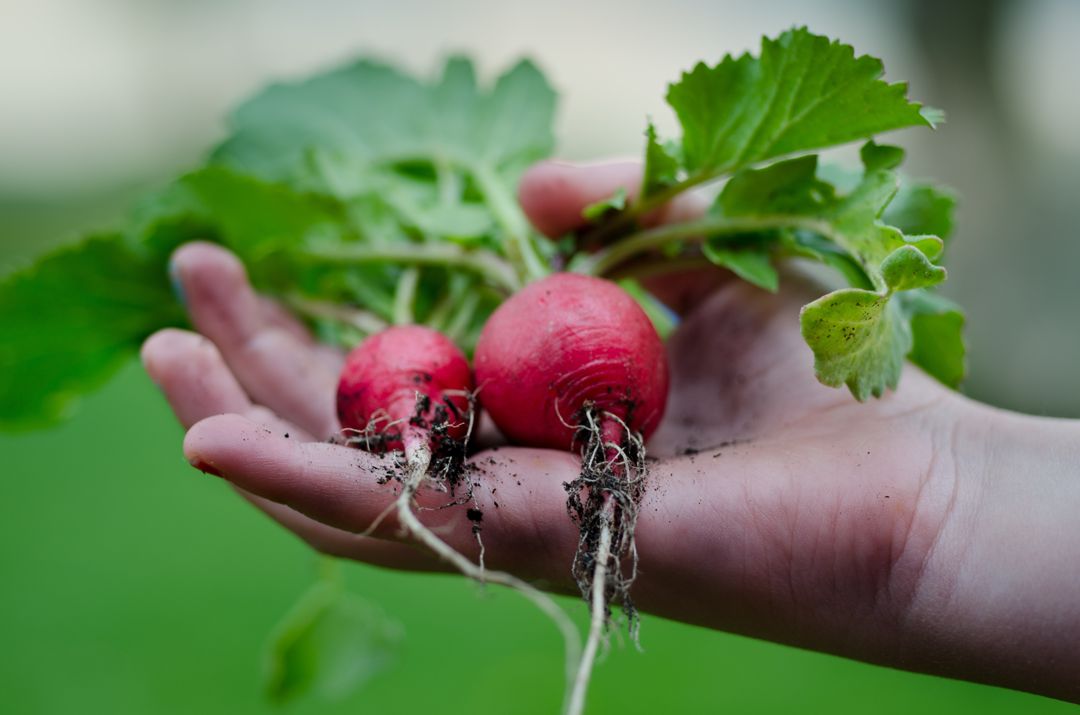For many gardeners, the gardening season starts with a big trip to the garden center and planting garden beds chock full of veggies, followed by watering and waiting for harvest time. However, to make the most of the growing season one of the most important techniques to master is succession planting.
What is Succession Planting?
Succession planting refers to planting crops so they mature at different times rather than all at once. Succession planting offers a number of benefits, including: continuous harvests rather than one big glut, maximizing the use of garden space, taking advantage of the entire growing season, and providing some insurance in case one crop planting fails. In short, planting in succession ensures that your garden is consistently producing harvests.
There are four common succession planting techniques:
Staggered planting: staggered planting is planting multiple waves of the same crop every few weeks to ensure continuous harvests of that crop.
Pull-and-replace: it’s a good practice to remove crops when they are longer producing well and replace them with a different crop. When replacing crops, rotate them so the same type of plant is not growing in the same space. Growing the same types of crops in the same space continuously can increase pest and disease pressure in that spot.
Intercropping: intercropping as it relates to succession planting refers to growing different crops that mature at different rates in the same space. The crop that comes to maturity first is harvested before the other crop grows large enough to need the extra space.
Same plant, different variety: even with the same type of plant there can be varieties that have vastly different days to maturity. If planted at the same time they will be ready for harvest at different times, ensuring an ongoing harvest of that crop.
Which Crops Can I Plant in Succession?

Which crops you can succession plant depends on the length of your growing season and on the succession planting technique you are using. Staggered planting is common with lettuce, radishes, legumes, kale, chard, beets, and carrots, to name a few.
As the weather starts to warm up, gardeners often replace spent cool season crops like cilantro and spinach with heat-loving crops such as tomatoes, eggplants, and peppers; and vice-versa as the weather starts to cool down again.
One example of an intercropping pairing is radishes and carrots. Radishes typically mature much more quickly than carrots and can be harvested before the carrots grow large enough to need the space.
Potatoes are an example of a crop that has different varieties with different days to maturity. There are early, mid, and late-season varieties of potatoes that reach maturity at different points in the season.
Planning for Succession Planting
Planning for succession planting can be as simple or as detailed as you want!
In its simplest form, remove spent crops and plant season-appropriate crops in their place. With the full features of Planter, you can create unlimited versions of your gardens to plan ahead for which plants will be removed and which will take their place. Planning ahead is especially helpful if you want to start replacement seedlings indoors.
Staggered planting is also straightforward, but requires saving space in the garden to have open spots to plant into every few weeks. Planter can help you keep track of which spaces in your garden are still available for planting.

Use the Notes and Events premium features in Planter to keep records of intercropped plantings and to track the exact days to maturity of different plant varieties.
Regardless of which techniques you use, be sure that newly planted crops have enough time left in the season to reach maturity. Also, remember to replenish your beds between plantings by adding compost and fertilizer, so they do not become depleted.
Try succession planting to reach your garden’s full harvest potential this season!
